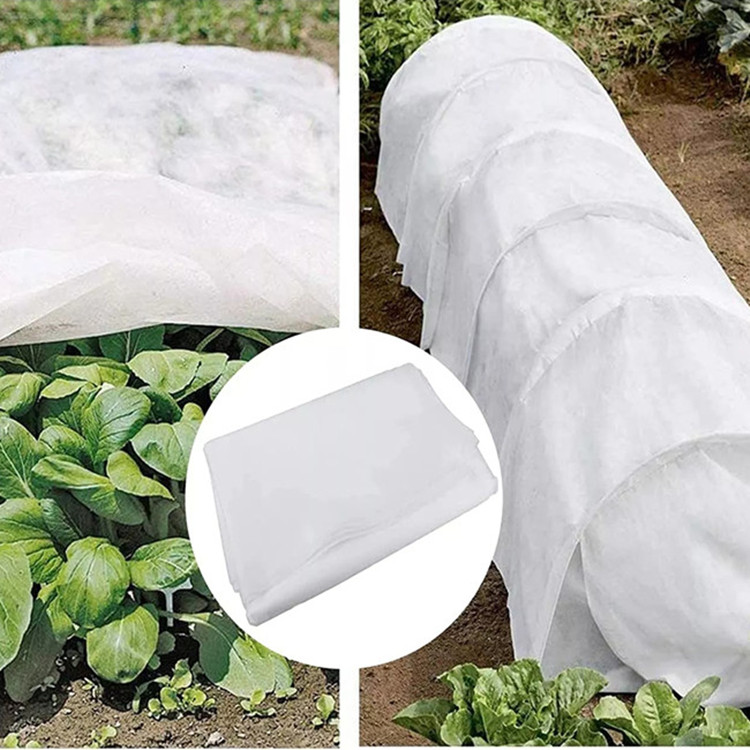
Products
Anti UV PP Non Woven Crop Cover Agriculture Fabric
Liansheng is a professional pp agricultural nonwoven fabric supplier for anti UV non woven crop cover.
Liansheng’s spunbond nonwoven fabric has a wide range of applications as high-tech, highly valuable industrial textile material known as geosynthetics. In geotechnical buildings, it serves as reinforcement, isolation, filtration, drainage, and seepage prevention. Spunbond nonwovens with a long service life, positive results, and little initial outlay of funds are ideal for use in agriculture. Modernizing agriculture can be aided by increasing the use of agricultural nonwovens. Its primary applications include covering pads, insulation, heat retention, wind barriers, fruit protection, defense against disease and insects, breeding seedlings, covering and seeding, and so forth.
Is it possible for non-woven materials to break down naturally?
Taiwanese non-woven fabric is also referred to as non-woven. The more formal scientific term for non-woven fabric in this industry is polypropylene spunbonded staple fiber non-woven fabric; polypropylene is the raw material, adhesion is the process, and staple fiber refers to the fiber properties of the material because of the corresponding long fiber. Traditional fabrics—whether woven, knitted, or created using another weaving technique—are created through the fiber-spinning-weaving process. In contrast, non-woven fabrics are created without the need for spinning, hence their name. Fiber types are primarily categorized in the production of non-woven fabric based on how they are consolidated into the net, such as spunbonded, spunlaced, needled,hot-rolled, etc.
Depending on the kind of fiber, it may or may not degrade; if it is entirely natural fiber, then it most definitely can. It is truly a green material if it is recyclable. The majority of non-woven materials, particularly popular non-woven bags, are biodegradable and spunbonded.












